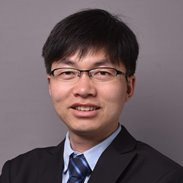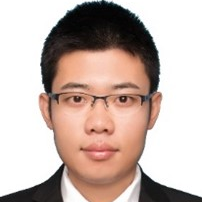Crystalline Materials: Growth, Characterization, and Devices
A special issue of Materials (ISSN 1996-1944). This special issue belongs to the section "Advanced and Functional Ceramics and Glasses".
Deadline for manuscript submissions: 20 October 2024 | Viewed by 1977
Special Issue Editors
Interests: crystal growth; laser crystal; piezoelectric and ferroelectric; magneto-optic crystal
Interests: functional inorganic crystals; scintillators; crystal growth technology; optical properties
Special Issues, Collections and Topics in MDPI journals
Interests: wide-bandgap semiconductor
Special Issue Information
Dear Colleagues,
The past decades have witnessed the rapid progress of crystalline materials and applications. Crystalline materials can realize the conversion of various energy forms such as electricity, magnetism, light, sound and force, thus they are indispensable and important materials in the development of modern science and technology. Especially due to the rapid development of solid state microelectronics, a large variety of crystalline materials are needed, including semiconductor crystals, laser crystals, scintillator crystals, optical crystals, superhard crystals, insulating crystals, piezoelectric crystals. Crystal materials are at the forefront of the development of materials science, which is closely related to space science, electronics, lasers, new energy development, biomedicine and other new technologies.
This Special Issue, “Crystalline Materials: Growth, Characterization, and Devices”, aims to collect original papers and review articles regarding all kinds of crystals and relevant aspects of these materials. Examples of contributions include but are not limited to the following topics:
- Growth and characterization of crystals.
- Principle of crystal growth and numerical simulations.
- Crystalline material design, new materials, and structure.
- Simulation and modeling for understanding structure-property relationships.
- Preparation of nanocrystalline materials.
- Crystal structure analysis and crystal defects.
- Applications and devices of crystals.
Prof. Dr. Xiuwei Fu
Dr. Dongsheng Yuan
Dr. Wenxiang Mu
Dr. Hezhi Zhang
Guest Editors
Manuscript Submission Information
Manuscripts should be submitted online at www.mdpi.com by registering and logging in to this website. Once you are registered, click here to go to the submission form. Manuscripts can be submitted until the deadline. All submissions that pass pre-check are peer-reviewed. Accepted papers will be published continuously in the journal (as soon as accepted) and will be listed together on the special issue website. Research articles, review articles as well as short communications are invited. For planned papers, a title and short abstract (about 100 words) can be sent to the Editorial Office for announcement on this website.
Submitted manuscripts should not have been published previously, nor be under consideration for publication elsewhere (except conference proceedings papers). All manuscripts are thoroughly refereed through a single-blind peer-review process. A guide for authors and other relevant information for submission of manuscripts is available on the Instructions for Authors page. Materials is an international peer-reviewed open access semimonthly journal published by MDPI.
Please visit the Instructions for Authors page before submitting a manuscript. The Article Processing Charge (APC) for publication in this open access journal is 2600 CHF (Swiss Francs). Submitted papers should be well formatted and use good English. Authors may use MDPI's English editing service prior to publication or during author revisions.
Keywords
- crystalline materials
- crystal growth
- crystallization mechanisms
- numerical simulations
- crystal structure
- crystal defects
- nanocrystals
- crystal devices









